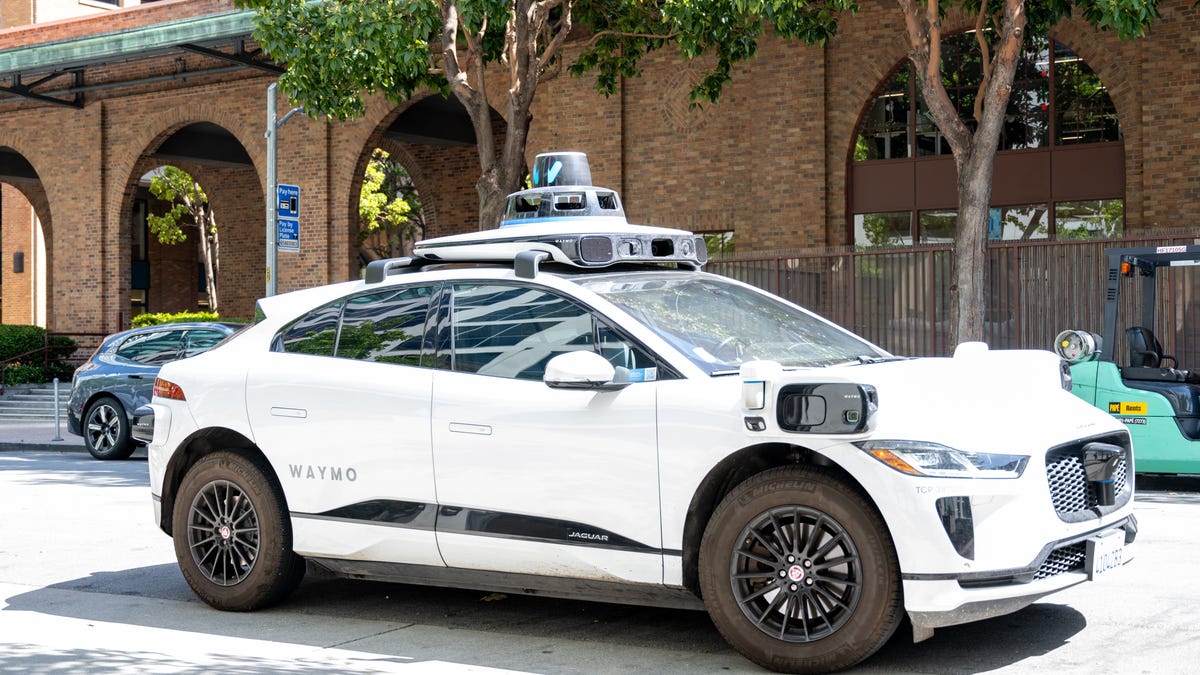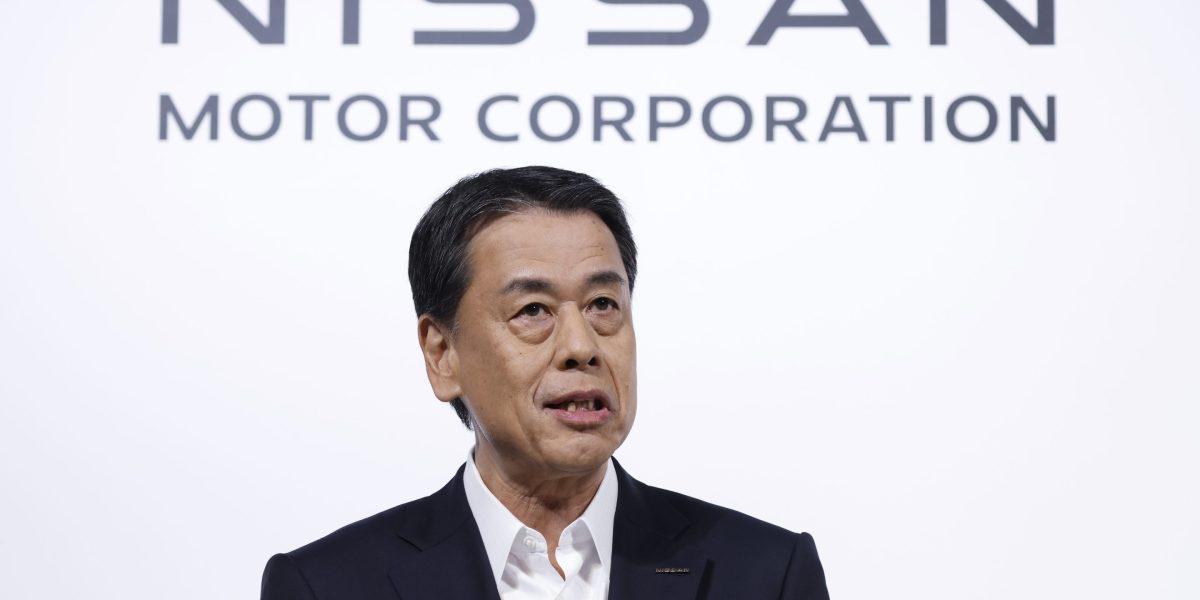Waymo's Driverless RoboTaxi Service Hits 100,000 Rides Per Week

Google's self-driving car company, Waymo, has announced a significant milestone: it is now operating over 100,000 paid robotaxi rides per week. This marks a major step forward for the company, which has faced considerable public scepticism regarding the viability of driverless vehicles.
Waymo's co-CEO, Tekedra N. Mawakana, shared the news on LinkedIn, stating that the company, owned by Alphabet, is "building a safer future one ride at a time." This latest announcement comes just six months after Waymo reached the 50,000 rides per week mark in May.
Alphabet has demonstrated its unwavering commitment to Waymo, pledging up to £4 billion in July to support the company's expansion and development.
Waymo's robotaxis currently operate in four key locations across the US: Phoenix, Austin, Los Angeles, and San Francisco.
On Monday, the company unveiled its "6th-generation Waymo Driver," highlighting improvements in cost reduction, passenger space, and the ability to operate in challenging weather conditions.
Despite its progress, Waymo has encountered opposition. The National Highway Traffic Safety Administration is currently investigating over 20 reports involving Waymo vehicles, with concerns raised about potential crashes and safety law violations. Additionally, public sentiment regarding driverless cars remains divided, with many expressing apprehension about relinquishing control to autonomous technology.
However, Waymo maintains its commitment to improving road safety, citing statistics that human error accounts for 94% of crashes in the United States. With over 36,000 fatalities occurring annually in car accidents, Waymo aims to play a crucial role in reducing this tragic figure.
Despite the challenges, Waymo's achievement of 100,000 weekly rides marks a significant step towards the widespread adoption of autonomous vehicles. As the technology continues to evolve and public perception shifts, the future of driverless vehicles remains an intriguing and dynamic space to watch.





